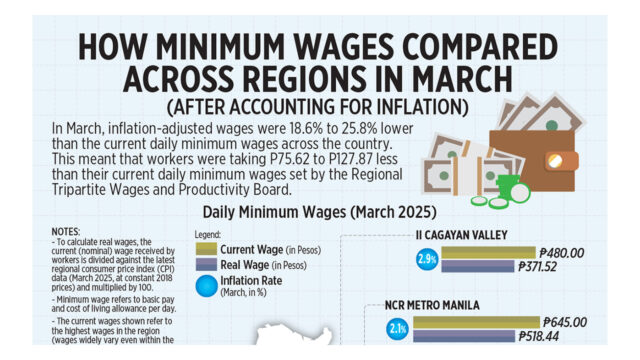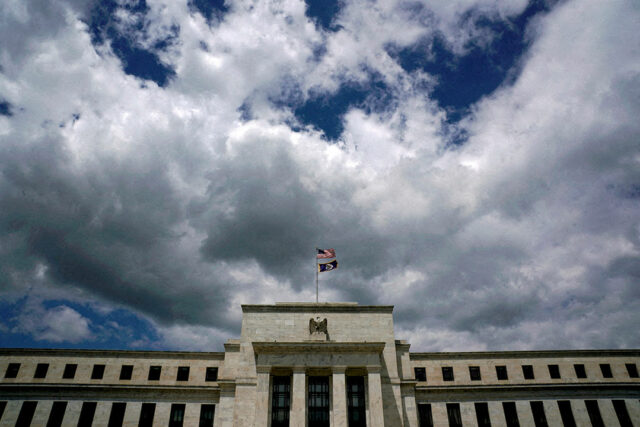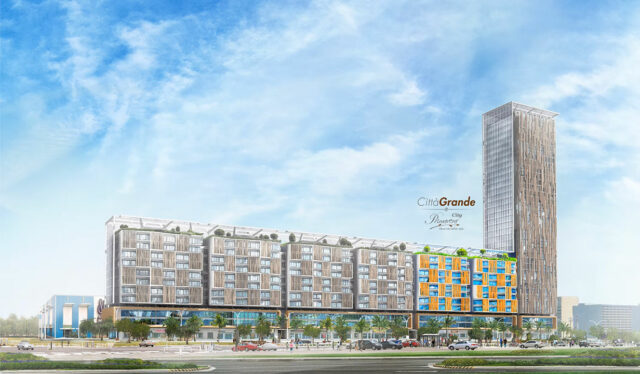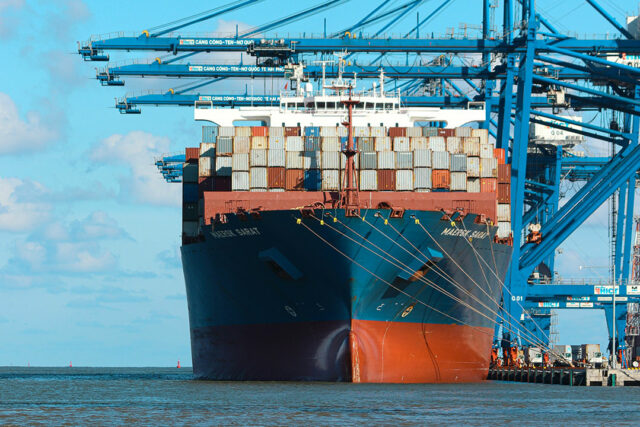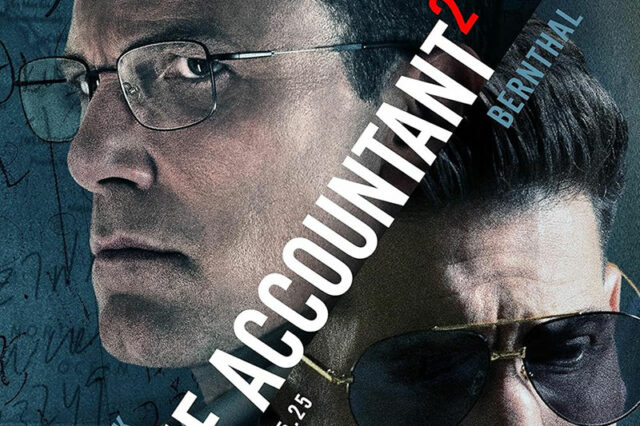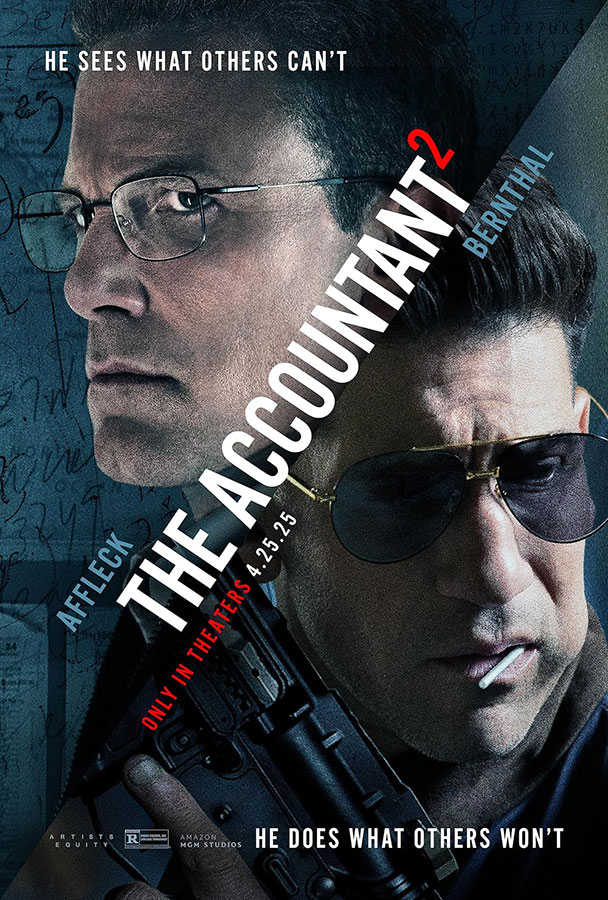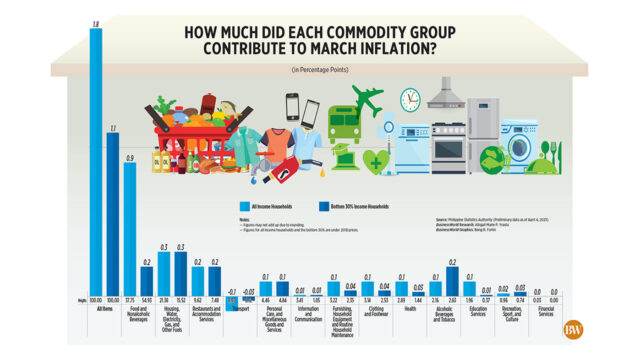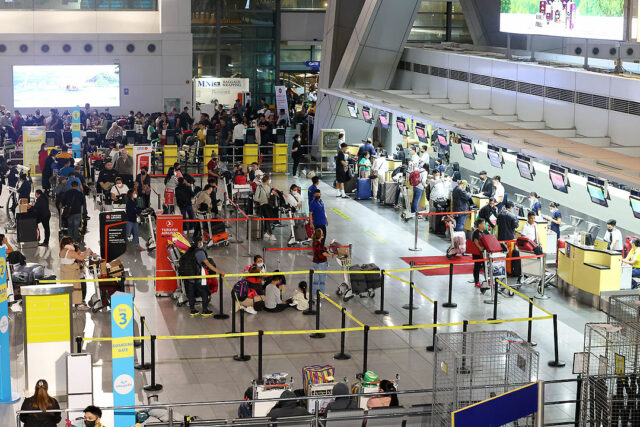WASHINGTON — US Federal Reserve Chair Jerome H. Powell has sent strong messages when he felt they were needed, going on television to pledge maximum support for the economy when the COVID-19 pandemic struck, using a terse 2022 speech for a stern message about inflation, and jumping in to backstop financial markets after the 2023 failure of Silicon Valley Bank.
But with Mr. Powell and the Fed left guessing just as much as the rest of the world about where President Donald J. Trump is taking the economy, the Fed chair indicated on Friday this is not the moment for a “Fed put” — Wall Street’s term for actions to shore up free-falling stock markets — even as household wealth evaporates with real risks to economic activity.
“There’s a lot of waiting and seeing going on, including by us, and that just seems like the right thing to do at a time of elevated uncertainty,” Mr. Powell said, making it apparent the Fed won’t be rushing to cut interest rates as it would if there was a crisis calling for an obvious central bank response.
Indeed job growth in March remained strong, data out on Friday showed, though Mr. Powell was careful to note the figures were tallied before Mr. Trump’s tariff announcements.
“It’s not clear at this time… the appropriate path for monetary policy,” he said. “We’re going to need to wait and see how this plays out.”
Though stock price moves can affect the economy by changing household wealth and shifting expectations, the dynamics of Mr. Trump’s first weeks in office have created such a blizzard of conflicting signals that the Fed, so far, can’t pick a lane.
It has recently become a maxim of central banking to move fast and with force when a problem is clear.
But it has been as important to the Fed in its recent decisions to avoid making moves that then need to be undone. That is a risk it would run if Mr. Powell and others were to appear to lean in favor of rate cuts to stabilize the economy at a time when higher inflation, and the potential need for rates to remain higher, is also a threat.
DIFFERENT STRIPE OF SHOCK
The Fed raised rates fast starting in 2022 as it needed to tame inflation, then cut them a full percentage point last year as inflation slowed.
Policy makers now seem content to wait, with tariff hikes potentially followed by other fiscal and tax measures that could shift the outlook yet again.
In the current moment, Mr. Powell’s “first job is to take out the view that the Fed is on the verge of slashing interest rates a lot in a hurry,” said former Fed vice chair and Princeton economics professor Alan Blinder. “That does not mean the Fed will never cut interest rates in response to this. If this develops into a recession, the Fed will probably cut.”
No Fed official will ever admit to anything like a “Fed put” being part of their policy tool kit, but Wall Street has had faith in its existence for nearly four decades.
The term first surfaced as the “Greenspan put,” coined after former Fed chief Alan Greenspan cut rates and injected liquidity following the famous “Black Monday” stock market crash in October 1987. Successive Fed leaders have responded to ensuing crises with other big actions that have helped staunch market losses or even helped reverse them.
But for now, caught between the possibility of a weakening economy alongside a tariff-driven burst of inflation, the Fed may be sidelined.
“When we faced high inflation, it was painful for the country… but we knew what we needed to do,” and began raising interest rates to curb demand and price pressures, Powell said. “During the pandemic it was very clear the direction we needed to take, with force, and we did it,” with rapid interest rate cuts and an array of other programs to restore growth and jobs.
What is developing now is a shock not from disease or snarled supply chains or oil embargoes, as happened in the 1970s, but from a White House policy decision to tax imports at levels far beyond what analysts expected, and in a way that has sparked retaliation from China with more countermoves expected from other nations.
The growing view, though, is that Mr. Trump’s tariffs will hinder growth, if not trigger recession outright. JPMorgan joined the recession camp on Friday, with its economists estimating full-year gross domestic product will decline by 0.3%, down from an earlier estimate of 1.3% growth, and the unemployment rate will climb to 5.3% from 4.2% now.
IN NO HURRY
The average tariff rate on the US’ roughly $3 trillion in annual imports is now due to jump perhaps tenfold, from around 2.5% to 25% or higher.
The initial impact is expected to be felt in prices as producers and importers pass at least some of those costs along to consumers.
Economists see those higher prices translating over the year into headline inflation perhaps a percentage point or more higher than where it otherwise would be, and that much further from the Fed’s 2% goal.
As households and companies adjust to the higher prices, a slowdown in demand is expected to develop as well — a mix that at least hints at stagflation.
Powell and other Fed officials don’t think they are yet at the point where their ability to reach their inflation target is directly in conflict with the goal of keeping unemployment low.
“We’re not in a situation like we were in the 1970s,” Mr. Powell said, when double digit inflation coincided with relatively high unemployment.
“But the effects at the margin right now would be for higher inflation and perhaps higher unemployment,” Powell said. “That’s difficult for a central bank” since the two challenges call for different solutions.
Until it becomes clearer which direction the economy is headed and how fast, “it feels like we don’t need to be in a hurry.” — Reuters

